Birds have fascinated humans for centuries with their colorful plumage, melodious songs, and fascinating behaviors. For bird enthusiasts, tracking avian visitors throughout the year can transform a casual hobby into a structured, rewarding experience. Creating a bird calendar based on visitor trends not only helps you anticipate which feathered friends will grace your yard, but also contributes valuable data to citizen science efforts. Whether you’re a seasoned birder or just starting out, this comprehensive guide will walk you through the process of creating a personalized bird calendar that reflects the unique patterns of avian visitors in your area.
Understanding the Value of a Bird Visitor Calendar

A bird visitor calendar serves as both a practical tool and a treasured keepsake that documents the ebb and flow of avian life around your home or observation area. By tracking when certain species appear, how long they stay, and when they depart, you create a valuable record that helps you understand the rhythms of bird migration and behavior in your specific microhabitat. This information allows you to prepare appropriate food sources and habitat enhancements timed perfectly to support your feathered visitors. Additionally, your records can contribute to larger citizen science projects that track bird populations and movements across regions, making your hobby part of important conservation efforts. Perhaps most meaningfully, a well-maintained bird calendar becomes a personal nature journal that deepens your connection to the natural world and the cycles of life that unfold in your own backyard.
Gathering Essential Observation Equipment
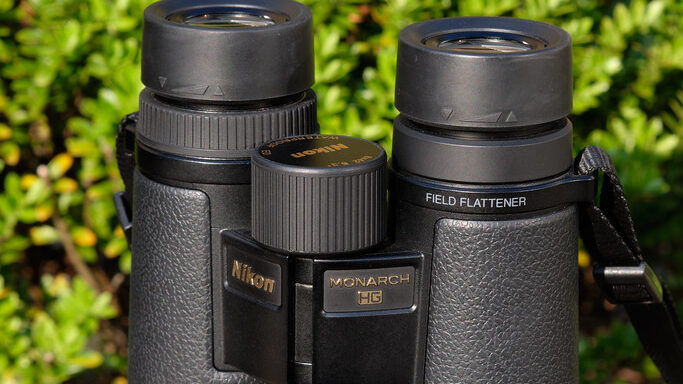
Before embarking on your bird calendar project, assembling the right tools will enhance your observation capabilities and data collection accuracy. A quality pair of binoculars with 8×42 magnification offers an ideal balance of field view and detail for most backyard birding scenarios. A comprehensive field guide specific to your region serves as an indispensable reference for identification; consider both printed versions and mobile apps like Merlin Bird ID or Audubon Bird Guide for on-the-spot confirmations. A dedicated notebook or journal with weather-resistant pages allows for field notes even in inclement conditions, while a digital camera or smartphone with a reasonable zoom capability helps document unusual visitors or identification challenges. For the technically inclined, consider a weather station that records local conditions, as these environmental factors significantly influence bird activity and can add valuable context to your calendar observations.
Establishing Your Observation Routine

Consistency forms the backbone of any reliable bird calendar, making a regular observation routine essential for collecting meaningful data. Set aside specific times each day for focused bird watching, ideally during peak activity periods like early morning and late afternoon when birds are most actively feeding. Determine observation points around your property that provide clear views of feeders, water sources, and natural foraging areas, then rotate between these locations to capture a complete picture of bird activity. Create a simple checklist of common species for your area to quickly mark daily sightings, adding space for notes about behavior, weather conditions, and unusual observations. Remember that even brief, daily observation sessions yield more valuable data than occasional marathon watching sessions, as the goal is to capture patterns over time rather than maximum species counts in a single sitting. Consider setting calendar reminders on your phone to maintain consistency, especially during busy seasons when your routine might otherwise be disrupted.
Designing Your Calendar Tracking System

The format of your bird calendar should balance comprehensive data collection with practical usability to ensure you’ll maintain it consistently. Consider a spreadsheet approach with months and days along one axis and common species in your area along the other, creating cells where you can mark presence, absence, or abundance using a simple coding system. Alternatively, a month-at-a-glance calendar template allows you to write daily observations directly onto date squares, providing a more visual representation of bird visitation patterns. Digital options include specialized birding apps like eBird that automatically organize your sightings chronologically while contributing to citizen science, or custom-designed database templates that allow for extensive notes and multiple data points per observation. Whatever format you choose, include space to record not just species identification but also count estimates, behaviors (feeding, nesting, singing), and environmental conditions that might influence bird activity. The ideal system grows with your experience, allowing you to add complexity as your observation skills develop.
Identifying Seasonal Patterns in Bird Visitation
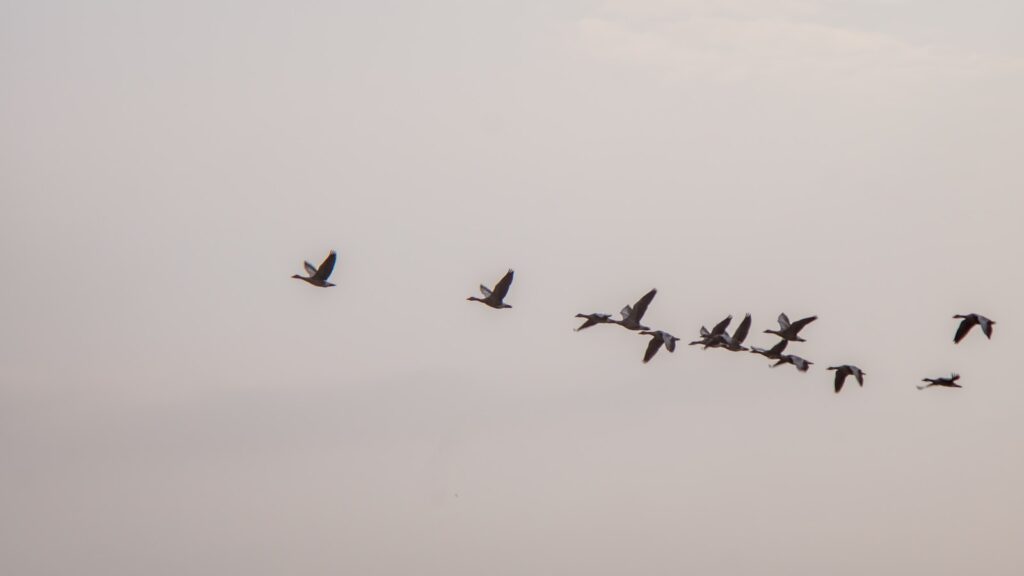
Birds follow remarkably predictable seasonal patterns influenced by food availability, breeding cycles, and migration schedules. Spring typically brings a surge in activity as migrants return from winter grounds and resident birds enter breeding season, with increased singing, territorial displays, and nest-building behaviors. Summer observations often reveal adult birds busily feeding nestlings and then fledglings, with family groups becoming a common sight around reliable food sources. Fall brings migration movement in the opposite direction, with summer residents departing while other species may pass through your area en route to winter destinations farther south. Winter presents its own unique visitor profile, with cold-hardy resident species joined by seasonal visitors that breed farther north but find your area suitable for wintering. By documenting these seasonal shifts meticulously in your calendar, you’ll begin to recognize the signature patterns of your location, allowing you to anticipate arrivals and departures with increasing accuracy each year.
Recording Weather and Environmental Influences

Weather and environmental conditions significantly impact bird behavior and visitation patterns, making these factors essential components of your calendar documentation. Record basic daily weather data including temperature highs and lows, precipitation, wind speed and direction, and barometric pressure changes, noting correlations between these factors and bird activity. Pay particular attention to sudden weather shifts that often trigger feeding frenzies before storms or migration movements ahead of seasonal transitions. Document seasonal changes in your local habitat, such as flowering and fruiting periods of native plants that provide natural food sources, as these events create predictable spikes in visitation from certain species. Note human-influenced factors like neighborhood landscaping projects, construction disturbances, or changes in local land use that might temporarily or permanently alter bird movements in your observation area. These environmental context notes transform your calendar from a simple species checklist into a rich ecological document that helps explain the “why” behind changing bird visitation patterns.
Tracking Food Preferences and Feeding Behaviors
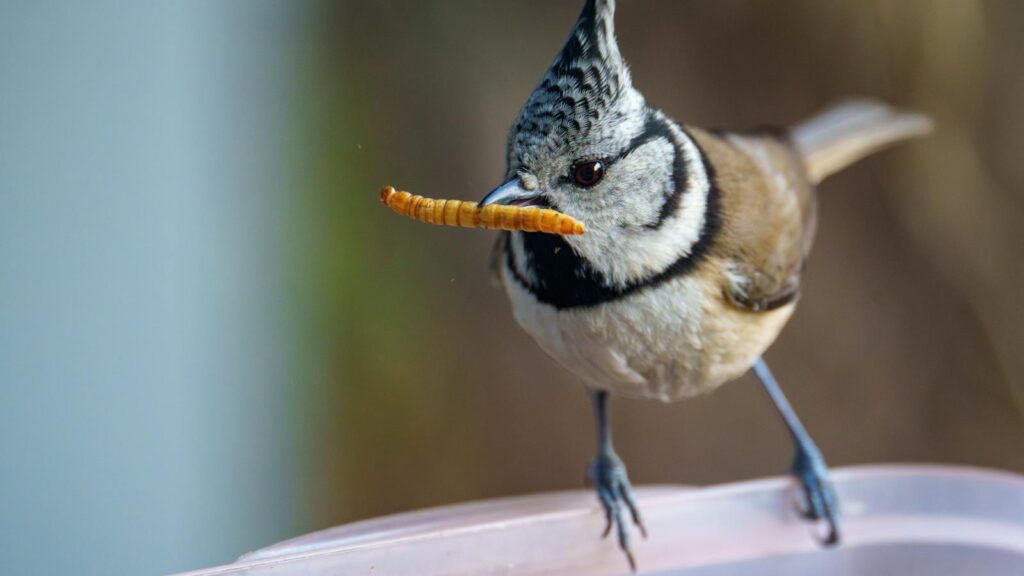
Different bird species show distinct preferences for specific foods and feeding strategies, information that becomes valuable when incorporated into your calendar system. Document which species visit which feeders, noting preferences for sunflower seeds, nyjer, suet, nectar, fruit, or mealworms, as these preferences often drive visitation patterns. Note feeding behaviors such as ground feeding versus perching, aggressive displacement of other birds, flock feeding versus solitary visits, and time spent at food sources. Record changes in feeding patterns throughout the year, such as increased suet consumption during cold weather or heightened interest in high-protein foods during breeding season. This feeding data helps you anticipate needs and adjust your feeding stations seasonally, ensuring you’re providing appropriate support for different species as they move through their annual cycles. Additionally, tracking these preferences over years reveals fascinating insights into how bird populations and behaviors in your area might be changing over time.
Documenting Breeding and Nesting Activities
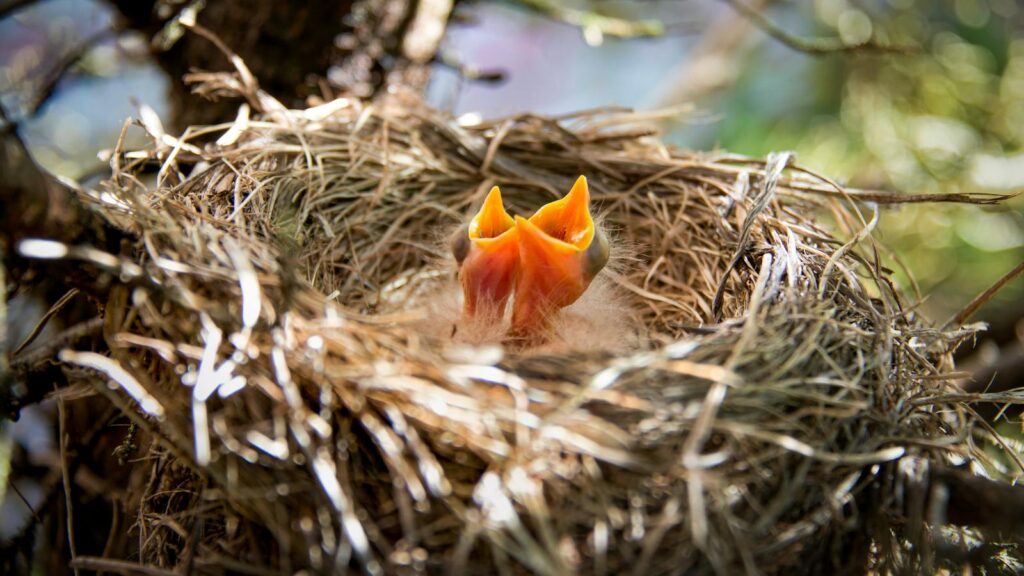
Breeding season presents a special opportunity to document the full life cycle of birds in your calendar, creating a rich record of reproductive success in your habitat. Watch for courtship behaviors beginning in early spring, including special songs, displays, and mate-feeding that signal the start of breeding activities. Note nest-building observations, recording which species use which materials and where they construct their nests—in birdhouses, trees, shrubs, or ground locations. When possible, record estimated hatching dates based on observed parent behavior changes, such as adults making frequent trips with food to nestling locations. Document fledging events when young birds first leave the nest, often recognizable by their distinctive juvenile plumage and the continued feeding by parents in more exposed locations. These breeding cycle observations add tremendous value to your calendar, connecting species presence to their reproductive success and helping you evaluate how well your habitat supports complete life cycles rather than just feeding visits.
Incorporating Citizen Science Protocols
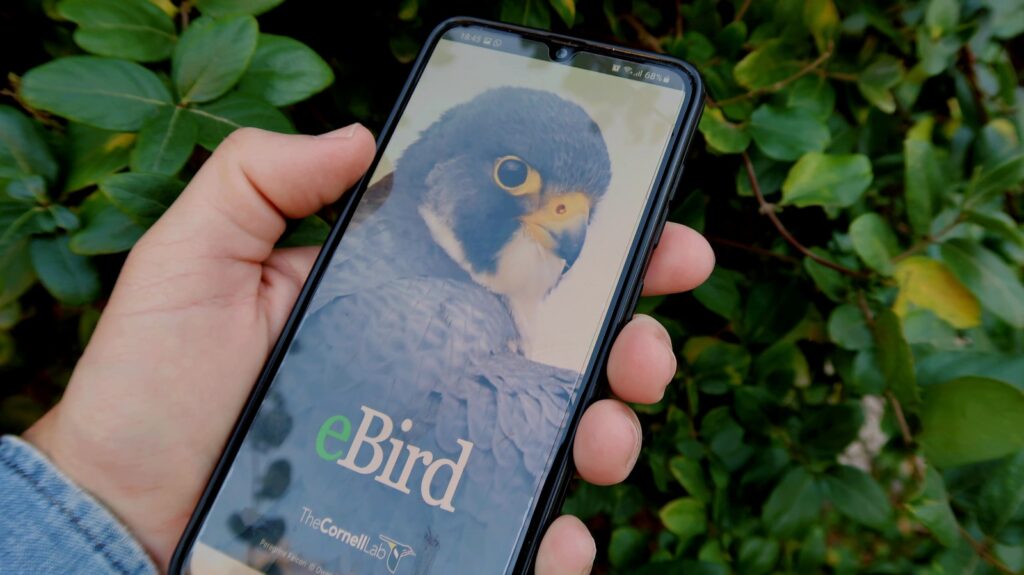
Aligning your personal bird calendar with established citizen science protocols multiplies its value by contributing to broader scientific understanding while adding structure to your observations. Programs like the Cornell Lab of Ornithology’s eBird provide standardized formats for recording bird observations that can be easily integrated into your calendar system, allowing you to simultaneously maintain personal records and share data with researchers. Project FeederWatch offers specific protocols for documenting winter bird feeding patterns, with defined observation periods that can become regular entries in your calendar. The Great Backyard Bird Count and Global Big Day represent annual intensive observation events that can serve as anchor points in your yearly calendar, providing consistent year-to-year comparison opportunities. For those interested in tracking specific species, specialized monitoring programs like NestWatch focus on breeding success documentation that complements your calendar’s breeding season entries. By adopting these established scientific protocols, your calendar transforms from a personal journal to a valuable contribution to our collective understanding of bird populations and behaviors.
Creating Visual Representations of Your Data

Transforming your accumulated calendar data into visual formats reveals patterns that might otherwise remain hidden in rows of entries. Consider creating monthly species abundance graphs that plot the number of individuals observed over time, making population fluctuations immediately apparent. Seasonal presence charts using color-coding can create striking visual representations of which months certain species are present, absent, or abundant in your area. Migration timing graphs comparing multiple years of data help identify whether key species are arriving earlier or later over time, potentially revealing climate change impacts. Breeding success visualizations might use symbols to track the progression from nest-building to successful fledging across different species. For the technologically inclined, free data visualization tools like Tableau Public or even spreadsheet programs can generate professional-quality charts that bring your observations to life. These visual representations not only enhance your own understanding of local bird patterns but make your findings accessible and engaging when shared with family, friends, or local birding communities.
Developing Predictive Capabilities
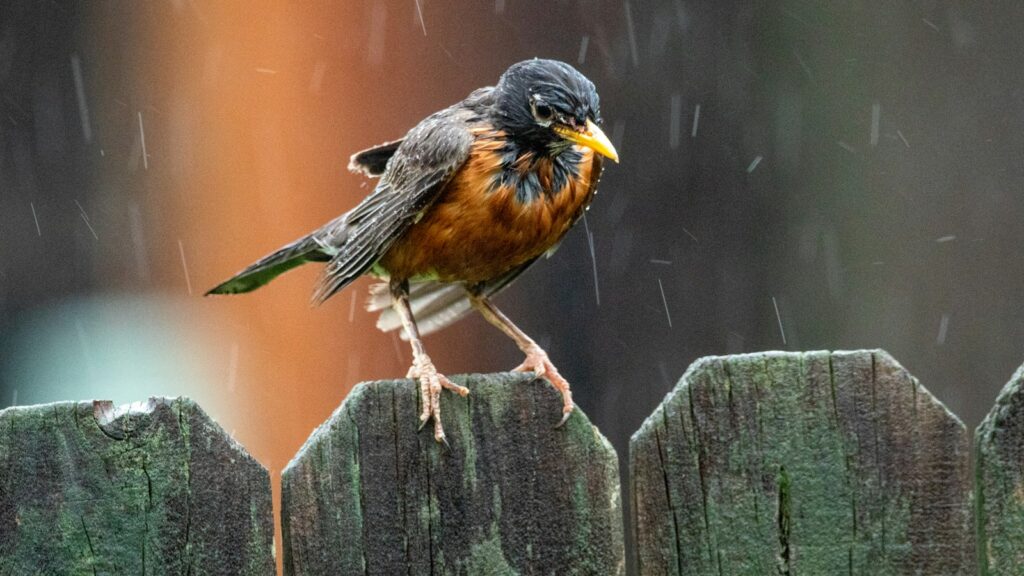
After several years of consistent calendar maintenance, patterns emerge that allow you to develop increasingly accurate predictions about bird visitation. Analyze your multi-year data to identify the average first arrival dates for migratory species, noting how these dates correlate with specific environmental cues like temperature thresholds, plant flowering events, or daylight hours. Look for predictable population peaks, such as the window when a particular warbler species passes through during migration or when winter finch irruptions typically occur in response to northern seed crop failures. Document the relationship between weather events and sudden changes in bird activity, like pre-storm feeding frenzies or post-front migration movements. These predictive insights transform your calendar from a purely reactive record into a proactive tool that helps you anticipate and prepare for upcoming bird events, whether that means preparing specific feeders, setting up photography opportunities, or planning bird walks during peak diversity periods.
Sharing Your Calendar and Findings

The knowledge contained in your bird calendar becomes even more valuable when shared appropriately with others interested in local avian patterns. Consider creating a public-facing version of your calendar online through a blog or social media page where you post weekly or monthly summaries of notable observations and emerging patterns. Local bird clubs and Audubon chapters often welcome presentations from members about backyard observations, particularly when supported by years of methodical documentation. Educational institutions from elementary schools to community colleges may appreciate guest presentations about local bird phenology, especially when illustrated with your calendar data and accompanying photographs. For those with artistic inclinations, your accumulated data provides the foundation for creating a customized printed calendar featuring your own bird photographs matched to the months when each species typically appears in your area. Sharing your findings not only contributes to community knowledge but often connects you with fellow observers who can offer new perspectives and insights that enrich your own bird watching experience.
Adapting Your Calendar for Long-Term Value

A truly valuable bird calendar evolves over time, incorporating new insights and expanding its scope as your experience grows. Review your calendar system annually, refining your tracking methods based on which data points proved most useful and which created unnecessary complexity. Consider gradually expanding your observation area to include nearby parks, preserves, or water bodies that attract species unlikely to visit your immediate property, creating a more comprehensive local bird phenology record. Incorporate new technologies as they become available, from acoustic monitoring devices that can document nocturnal migration calls to automated camera systems that capture visitation when you’re not actively observing. Develop specialized mini-calendars focusing on particular aspects that interest you most, such as hummingbird flower preferences throughout the season or hawk migration timing correlated with weather fronts. By treating your bird calendar as a living document that grows in sophistication along with your identification and observation skills, you create a truly personal scientific instrument that produces increasingly valuable insights with each passing year.
Conclusion
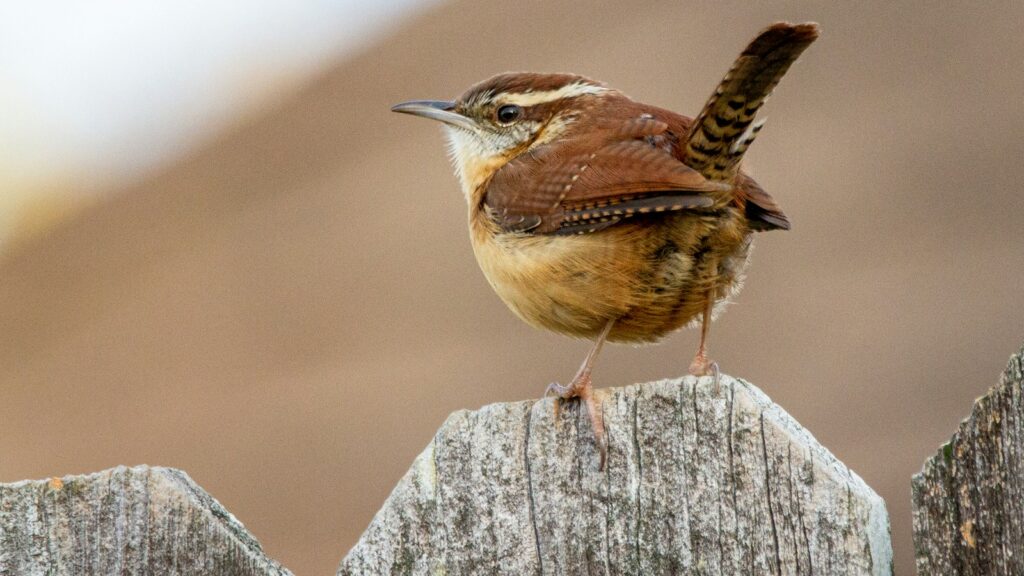
Creating a bird calendar based on visitor trends combines the joy of bird watching with the satisfaction of contributing to scientific knowledge. This personalized record not only helps you anticipate the feathered visitors that will grace your space throughout the year but also deepens your connection to the natural rhythms of your local ecosystem. As your calendar develops over months and years, the patterns revealed will enhance your bird watching experience, optimize your habitat support efforts, and potentially contribute valuable data to broader conservation initiatives. Whether you choose a simple paper journal or a sophisticated digital system, the process of observing and documenting bird visitation patterns transforms casual bird watching into a meaningful practice of ecological awareness and stewardship.
